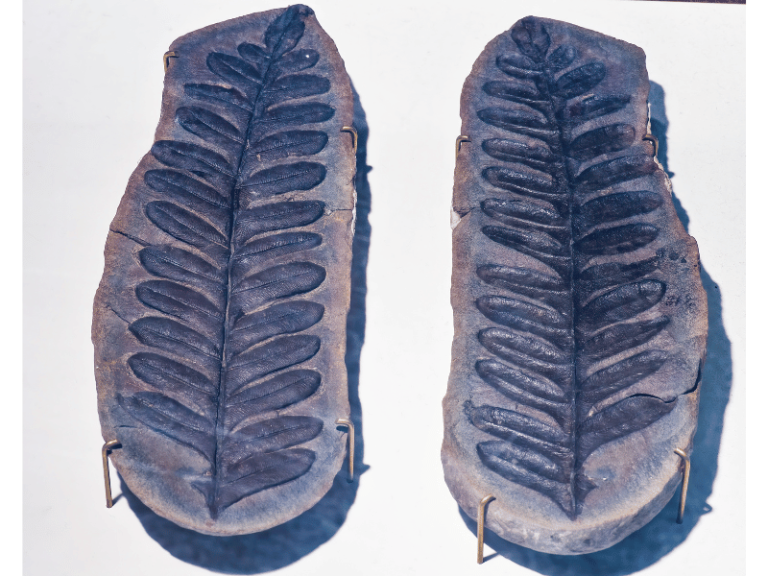Many people like to ask questions such as: which came first, the chicken or the egg? Where did the first chicken egg come from? In the past, no one could provide a definitive answer. However, since Darwin proposed the theory of biological evolution, this question has been resolved. The chickens we raise today evolved from a species known as the “red junglefowl” from India, so the first chicken egg would naturally have come from this ancestor.
Similarly, the question of where the first seed of a plant came from is quite analogous. By examining the evolutionary history of plants, we can find the answer. Lower plants do not produce seeds, so how did they reproduce? The simplest plants, like bacteria, reproduce through cell division. A single bacterium divides into two.
As plants evolved, ferns emerged. There are many ferns in the mountains, growing low to the ground with leaves resembling sheep’s teeth, hence their name “sheep’s teeth plants.”
Ferns reproduce using spores. A single fern can produce countless spores that float through the air and eventually settle on moist soil, each spore germinating into a small “prothallus.” This prothallus produces sperm cells and egg cells. When these unite, they develop into a new fern plant.
Initially, fern spores were not differentiated into male and female. However, through long-term evolution, some ferns began producing both male and female spores. The female spores remained sheltered within the parent plant’s structure (sporangium), while the male spores continued to disperse through the air as pollen.
When pollen lands on a female sporangium, fertilization occurs with the female spores inside. This marks the emergence of the first true seed in the world.
The earliest plants capable of producing seeds were known as “seed ferns,” but unfortunately, these plants are now extinct, and they cannot be found on Earth today.

